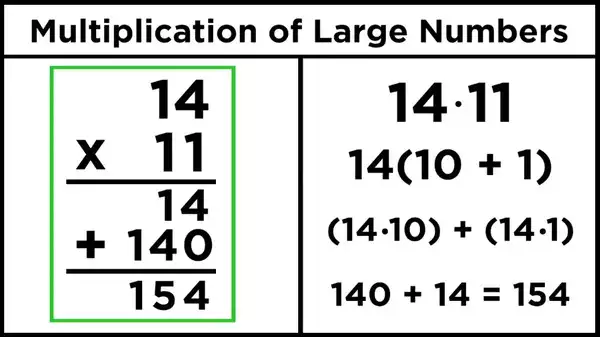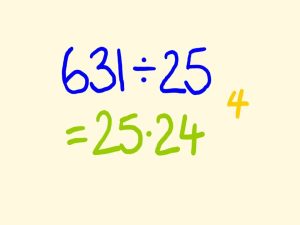Multiplication is an essential skill for students to acquire, but it may be challenging. To help make things simpler and accelerate the learning process, try these helpful strategies for multiplying quickly.
Subtract one from any number you multiply when multiplying by five; this same trick works when multiplying other numbers as well.
Rule of 6
Multiplication can be a complex math concept that takes years of practice and memorization, yet there are ways for students to make it simpler. One useful technique is the rule of six, which states that any multiple of six is equal to 16. This technique can especially assist those struggling with multiplication.
Employ the commutative property to help students visualize multiplication. This technique shows them that any order of factors does not alter the product – for instance, 8 x 2 equals 8 x 2. This helps students see that 8×2 = 8×8
Use your fingers to multiply! Begin with palms facing each other, fingers extended with thumbs in their proper positions – with thumbs taking the top spot – then count downward from one hand’s thumb (e.g. when multiplying 9×6) down until they reach the number you are multiplying (for instance 9 x 6 = 5, four fingers up, five down = 3). This easy trick makes multiplying calculations faster!
Rule of 5
If you’re multiplying numbers that end in five, there is an easy way to remember their answer: double them and add 7; for instance 9×7 is 54 since 2 plus 7 equals 9. This technique can save both time and effort when working through multiplication tables that may become challenging.
This method works for numbers that end in 5, provided their second to last digit is either 2 or 7. This way you’ll avoid going through your entire times table!
Mathletics’ Multiverse game offers an engaging way for your students to practice multiplication – try it for free now! This math trick can be particularly helpful for young students when trying to determine which of two fractions has the larger numerator. Comparing different fractions with equal denominators can be difficult and this cross multiplying trick helps students quickly find which of them has a larger numerator! Be sure to share this cool math trick with your children to make multiplication more fun! Try Mathletics today with them so you can all play Multiverse!
Rule of 2
Multiplication tricks that accelerate math can be hard, but one great method for speed math is multiplying with multiples of 10. For instance, when multiplying 23 by 36 you could first multiply 36 with 20 and add that number back together; this method can give much quicker answers even when dealing with numbers ending in 7 or 9.
Another multiplication trick for children is to multiply a number before adding it, which helps them memorize their multiplication tables more easily in the future and also can simplify tricky fractions.
Try this multiplication trick with your students to see how well they do with mental multiplication practice worksheet. Remember it’s essential to teach children strategies other than memorization which won’t lead to lack of understanding and confidence in class; there are plenty of fun methods out there that can help kids master their times tables quickly!
Rule of 3
The Rule of 3 is a widely recognized cognitive principle that suggests information presented in threes is more engaging, compelling, and memorable for audiences. Orators and writers frequently employ it when using this rhetorical device, appearing frequently both in classic texts as well as speeches.
DreamBox’s math games adapt to meet the learning needs and levels of each of your students, providing challenges appropriate to their skill sets and giving them confidence-boosting victories when mastering simple multiplication strategies.
Use of the Rule of 3 can make complex numbers easier to calculate by breaking them into more manageable portions for calculation. When multiplying 9 by 3, for instance, this approach makes multiplication more manageable and efficient.
To employ this strategy, place both hands palms-up in front of you with all fingers and thumbs extended. On your left hand, assign each of the digits from your multiplicative number a finger; for instance if multiplying 9 by 6, count all fingers that belong in the tens place and multiply them by 6. This technique can quickly help children understand multiples work and may provide useful practice opportunities when learning multiplication tables.
Rule of 4
If you find multiplying large numbers difficult, here is an easy trick that may make the task simpler: When multiplying 27 by 6, divide first by 10, as this will provide a quick answer that’s easy to remember; add the second factor later and you have your result! This technique works for most numbers up to 10.
Divide the number by 5. For instance, when multiplying five by an even number, divide by 4; you’ll then have half of it, making adding zeros simpler than ever!
This multiplication trick can be an extremely useful one to have on hand, though it must be remembered that this works only if your times tables are memorized in your head – otherwise it may take some time to master them. Luckily, many free online practice worksheets for times tables exist which provide an effective way for your children or students to improve their math skills.




